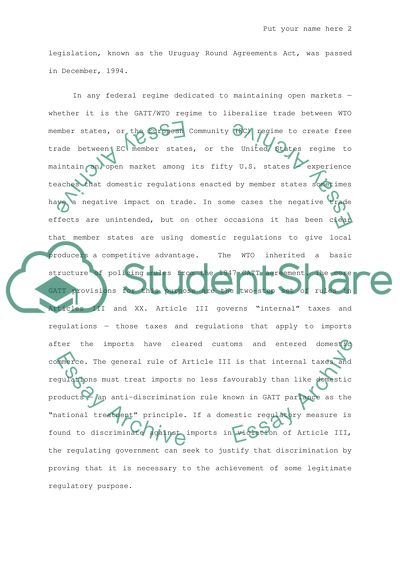Cite this document
(“To what extent can and should the regulatory purpose underlying a Essay”, n.d.)
To what extent can and should the regulatory purpose underlying a Essay. Retrieved from https://studentshare.org/miscellaneous/1519038-to-what-extent-can-and-should-the-regulatory-purpose-underlying-a-challenged-national-measure-be-considered-when-analysing-whether-gatt-article-iii-has-been-bre
To what extent can and should the regulatory purpose underlying a Essay. Retrieved from https://studentshare.org/miscellaneous/1519038-to-what-extent-can-and-should-the-regulatory-purpose-underlying-a-challenged-national-measure-be-considered-when-analysing-whether-gatt-article-iii-has-been-bre
(To What Extent Can and Should the Regulatory Purpose Underlying a Essay)
To What Extent Can and Should the Regulatory Purpose Underlying a Essay. https://studentshare.org/miscellaneous/1519038-to-what-extent-can-and-should-the-regulatory-purpose-underlying-a-challenged-national-measure-be-considered-when-analysing-whether-gatt-article-iii-has-been-bre.
To What Extent Can and Should the Regulatory Purpose Underlying a Essay. https://studentshare.org/miscellaneous/1519038-to-what-extent-can-and-should-the-regulatory-purpose-underlying-a-challenged-national-measure-be-considered-when-analysing-whether-gatt-article-iii-has-been-bre.
“To What Extent Can and Should the Regulatory Purpose Underlying a Essay”, n.d. https://studentshare.org/miscellaneous/1519038-to-what-extent-can-and-should-the-regulatory-purpose-underlying-a-challenged-national-measure-be-considered-when-analysing-whether-gatt-article-iii-has-been-bre.


